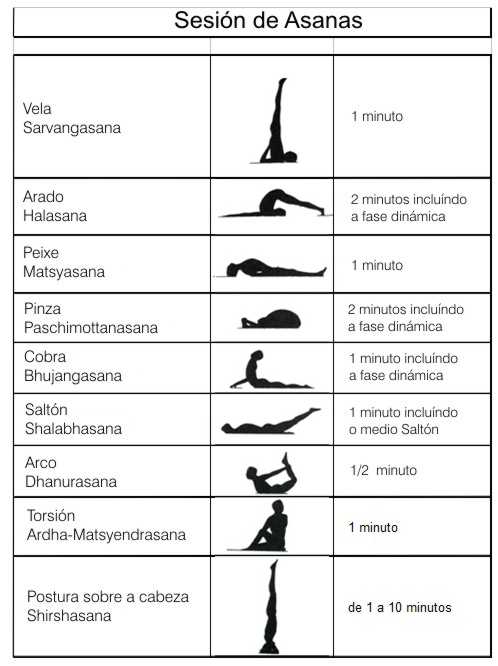Asanas
Asanas are physical postures or poses used in the practice of yoga, an ancient system of physical and mental disciplines originating in India. The term "asana" is derived from the Sanskrit word for 'seat', reflecting the seated position of meditation, which was the primary posture for yoga practitioners in ancient texts. However, over centuries, the scope of asanas has expanded significantly to include a wide range of poses that benefit the practitioner physically, mentally, and spiritually.
History and Development[edit | edit source]
The earliest references to asanas are found in the Yoga Sutras of Patanjali, a seminal text in the yoga tradition, dating back to around 400 CE. In this text, Patanjali describes asanas as a means to prepare the body for meditation, emphasizing steadiness and comfort. The Hatha Yoga Pradipika, a classic text of Hatha Yoga written in the 15th century, expands the concept of asanas significantly, detailing numerous postures for the first time.
Over the centuries, asanas have evolved and diversified. The 20th century saw a significant expansion in the number and types of asanas as yoga masters began to teach yoga to the western world, adapting and creating new postures to meet contemporary needs and interests.
Types of Asanas[edit | edit source]
Asanas can be categorized in various ways, but they are commonly divided into groups based on their general orientation or the focus of the practice:
- Standing Asanas: These poses build strength, flexibility, and balance. Examples include Tadasana (Mountain Pose) and Trikonasana (Triangle Pose).
- Seated Asanas: Often used for meditation and relaxation, these poses can also improve flexibility. Examples include Padmasana (Lotus Pose) and Paschimottanasana (Seated Forward Bend).
- Forward Bends: These asanas stretch the back and hamstrings, promoting flexibility and calming the mind. Uttanasana (Standing Forward Bend) is a notable example.
- Backbends: These poses energize the body and strengthen the back, improving posture and spinal flexibility. Bhujangasana (Cobra Pose) is a common backbend.
- Inversions: Poses where the heart is higher than the head, such as Sirsasana (Headstand), are known for their ability to relieve stress and improve circulation.
- Twists: These asanas detoxify the body and improve spinal mobility. Ardha Matsyendrasana (Half Lord of the Fishes Pose) is a popular twist.
Benefits of Asanas[edit | edit source]
Practicing asanas regularly offers numerous health benefits, including increased flexibility, strength, and balance. It can also improve respiratory and cardiovascular health, reduce stress and anxiety, and promote a sense of well-being. Additionally, asanas can be therapeutic, aiding in the recovery from injuries and illnesses.
Practice Considerations[edit | edit source]
While asanas can be beneficial, it is important to practice them with proper guidance to avoid injury. Beginners should start with basic poses and gradually progress to more advanced asanas. Listening to one's body and using modifications as needed can help ensure a safe and effective practice.
Conclusion[edit | edit source]
Asanas are a fundamental aspect of yoga, offering a rich and diverse practice that benefits the body, mind, and spirit. Whether practiced for health, relaxation, or spiritual growth, asanas can be a valuable part of a balanced and healthy lifestyle.
Navigation: Wellness - Encyclopedia - Health topics - Disease Index - Drugs - World Directory - Gray's Anatomy - Keto diet - Recipes
Search WikiMD
Ad.Tired of being Overweight? Try W8MD's physician weight loss program.
Semaglutide (Ozempic / Wegovy and Tirzepatide (Mounjaro) available.
Advertise on WikiMD
WikiMD is not a substitute for professional medical advice. See full disclaimer.
Credits:Most images are courtesy of Wikimedia commons, and templates Wikipedia, licensed under CC BY SA or similar.
Contributors: Prab R. Tumpati, MD

